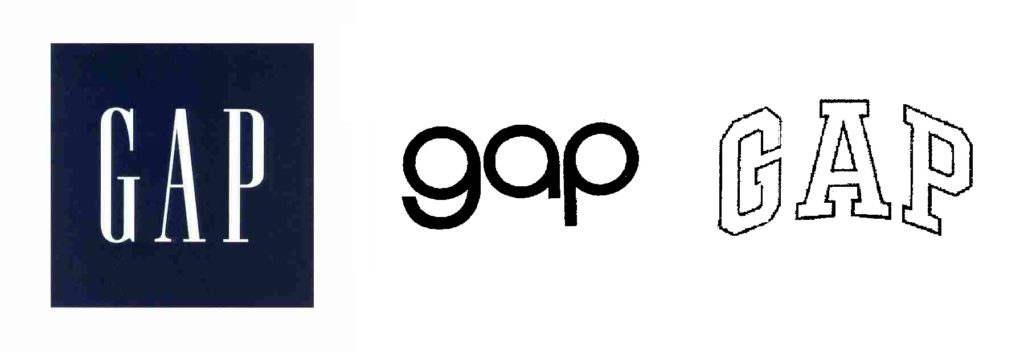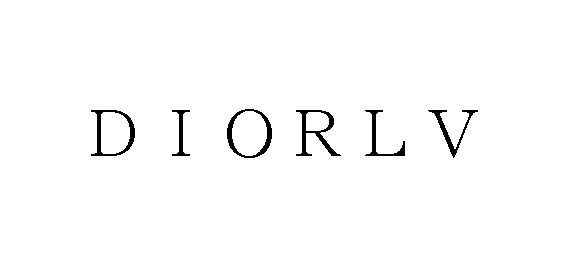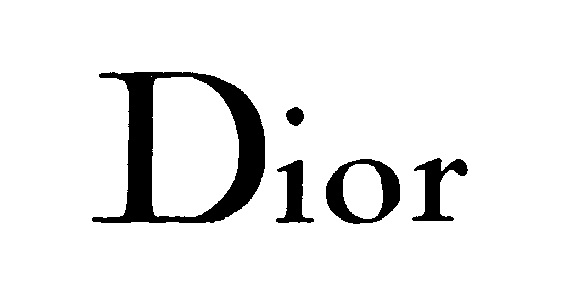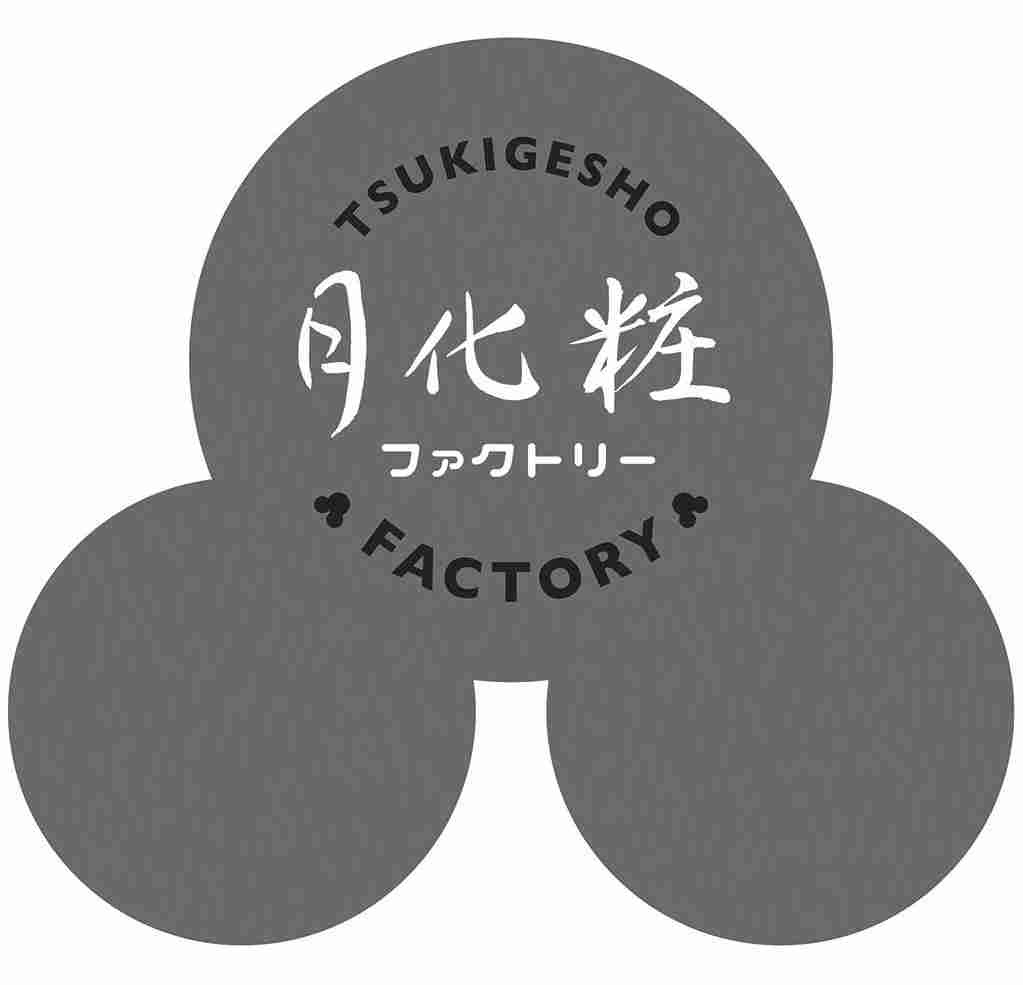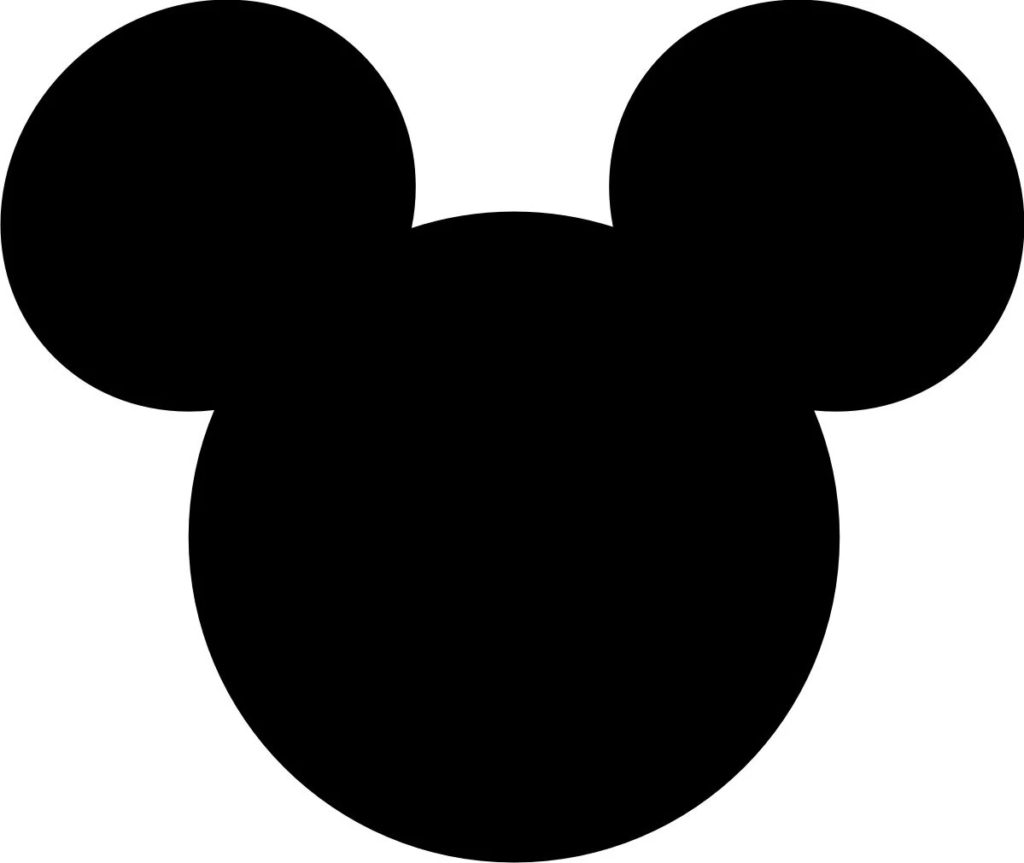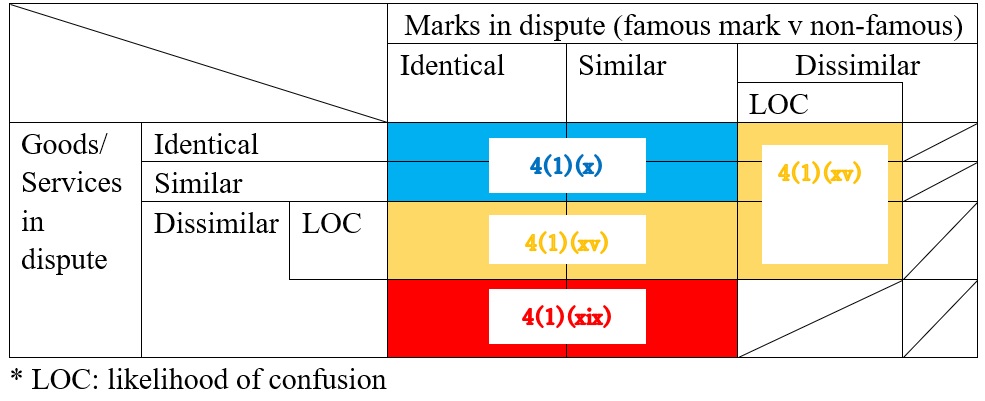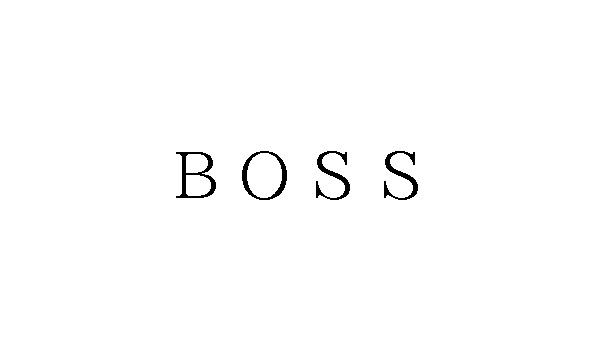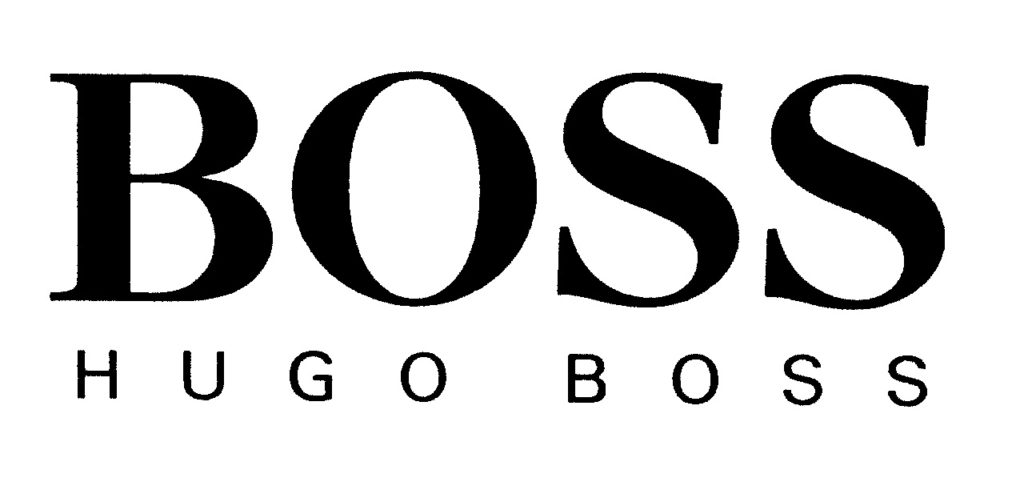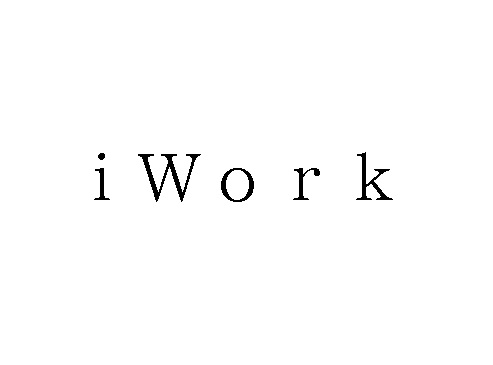On December 1, 2021, the Japan Patent Office (JPO) dismissed an opposition filed by Hermes International against TM Reg no. 6275593 for the wordmark “HAIRMES” due to dissimilarity to and the unlikelihood of confusion with the famous fashion brand “HERMES”.
[Opposition case no. 2020-900266]
Opposed mark
Dog Diggin Designs, LLC applied a wordmark “HAIRMES” in standard character for use on beds for household pets; pillows for pets; pet cushions in class 20, and toys for pets in class 28 with the JPO on October 16, 2019.
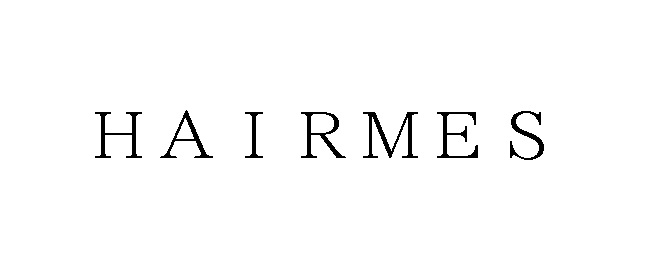
The JPO examiner granted protection of the opposed mark on July 28, 2020, and published for opposition on August 18, 2020.
Apparently, Dog Diggin Designs promotes parody dog toys & dog beds, and other pet supplies.
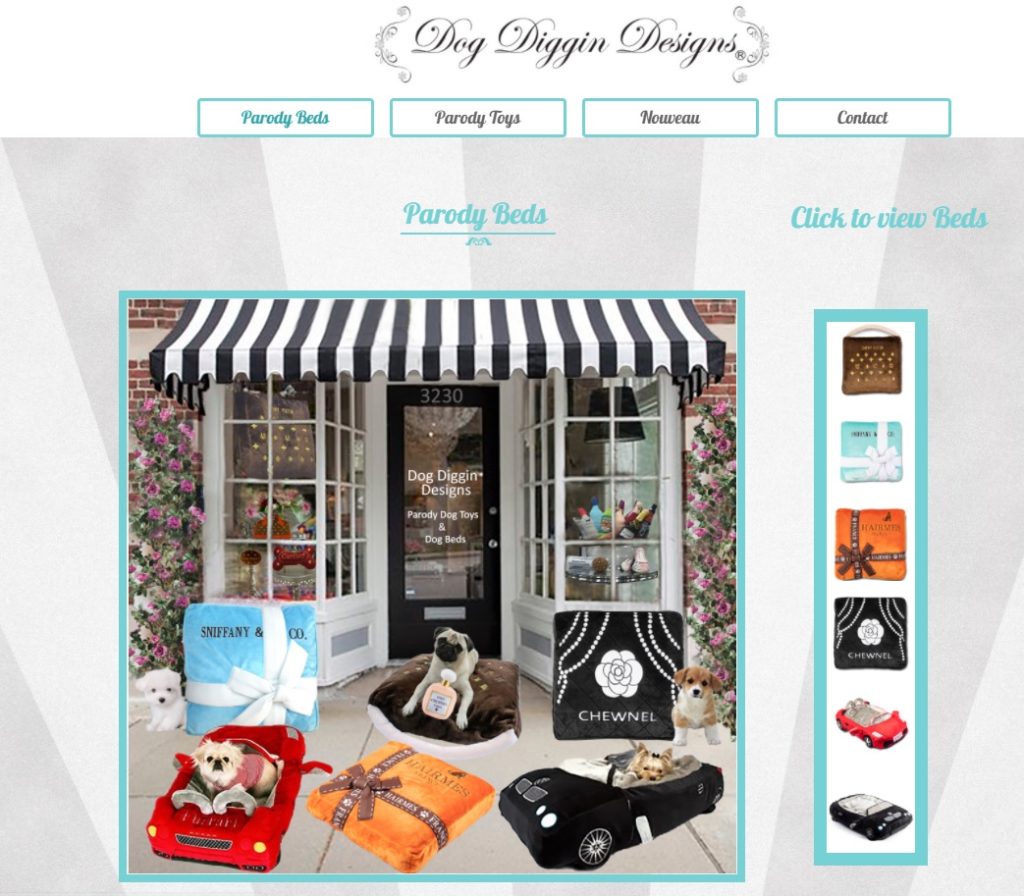
Opposition by Hermes
To oppose against registration within a statutory period of two months counting from the publication date, Hermes International filed an opposition against the opposed mark on October 15, 2020.
Hermes argued the opposed mark shall be canceled in contravention of Article 4(1)(x), (xi), (xv), and (xix) of the Trademark Law because of the remarkable reputation and popularity of the HERMES brand in the fashion industry and a high degree of similarity between “HAIRMES” and “HERMES” likely to cause confusion among relevant consumers in Japan.
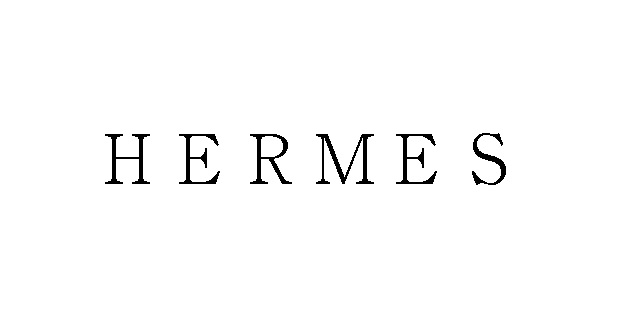
JPO decision
The JPO Opposition Board admitted “HERMES” has been widely recognized as a luxury fashion brand and source indicator of Hermes International.
In the meantime, the Board negated similarity between the marks by stating that:
From the appearance, the difference of “AI” and “E” in the middle of a respective word would suffice for relevant consumers to distinguish them.
Phonetically, “HERMES” is easily distinguishable from “HAIRMES” because of the difference in the first and second given both marks just consist of four sounds respectively.
Conceptually, the opposed mark does not give rise to any specific meaning. Meanwhile, “HERMES” has a meaning of a Greek god of commerce, eloquence, invention, travel, and theft who serves as herald and messenger of the other gods and ‘luxury fashion brand.’ If so, both marks give rise to a different impression in the mind of relevant consumers.
Based on a low degree of similarity between the marks, the Board denied a likelihood of confusion as well.
As to Hermes’ allegation that Dog Diggin Designs must have an unjustified intention to free-ride the reputation of HERMES by promoting pet supplies with a similar package design and color to Hermes, the Board found irrelevant to the case since the opposed mark does not contain such figurative element. Ironically, the opposed mark “HAIRMES” rather serves to prevent confusion even if used on similar package design and color, the Board held.
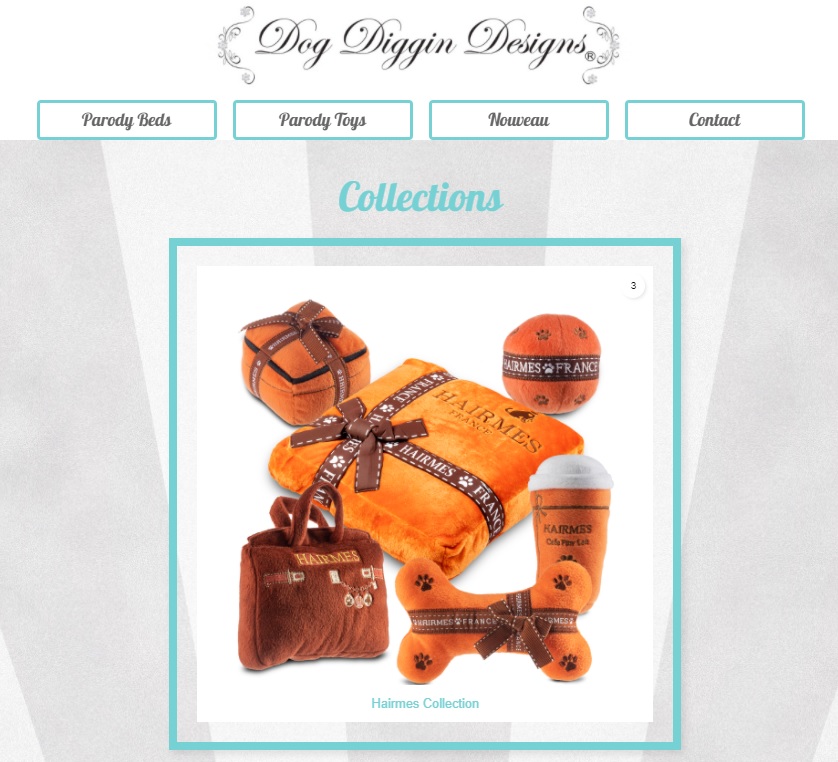
Based on the foregoing, the JPO dismissed the entire allegations and decided the opposed mark shall remain valid as the status quo.


